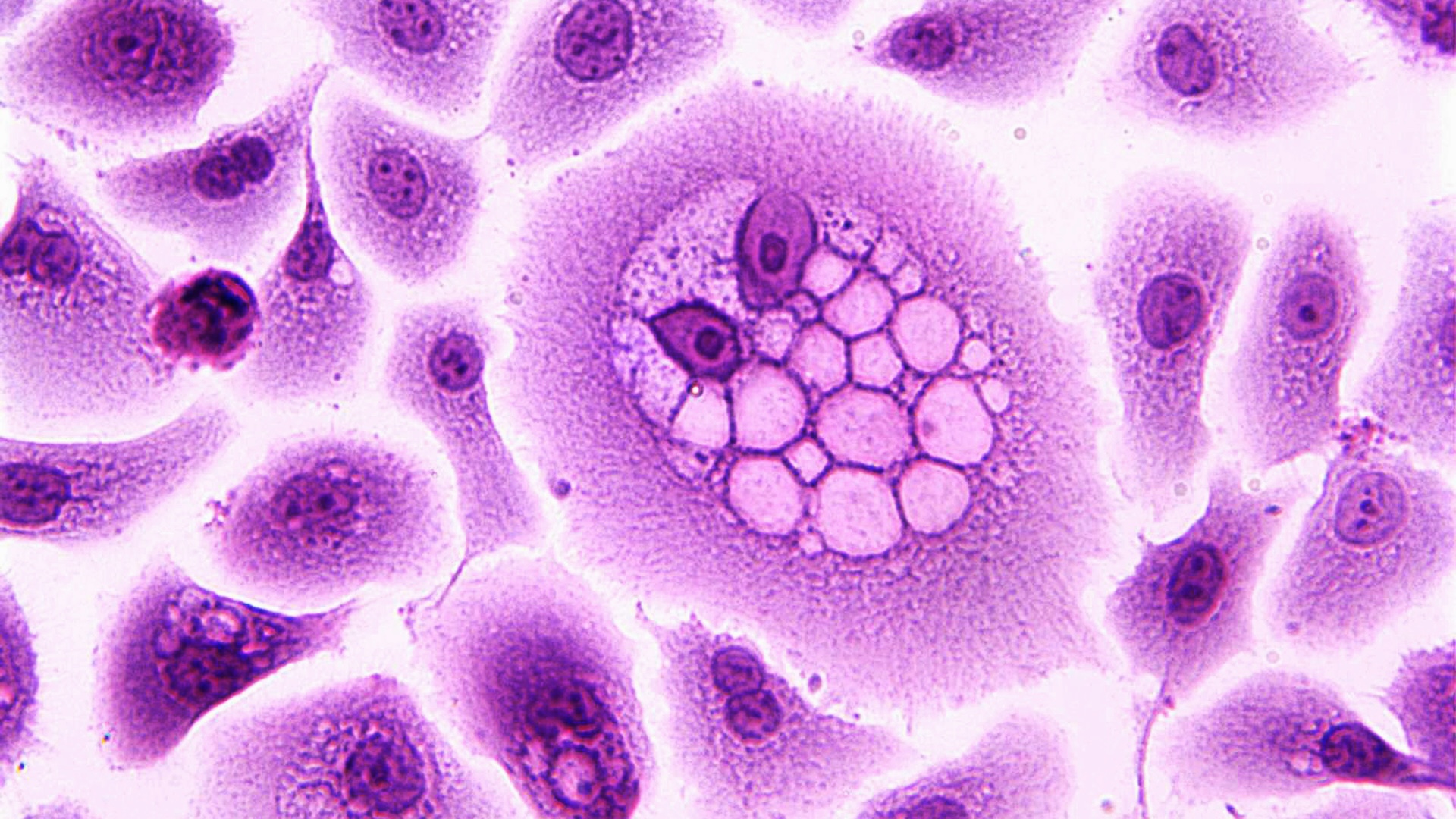Biomedicines, Vol. 11, Pages 1608: Functional Connectivity of the Anterior Cingulate Cortex and the Right Anterior Insula Differentiates between Major Depressive Disorder, Bipolar Disorder and Healthy Controls
Biomedicines doi: 10.3390/biomedicines11061608
Authors: Anna Todeva-Radneva Sevdalina Kandilarova Rositsa Paunova Drozdstoy Stoyanov Tina Zdravkova Ronald Sladky
Background: This study aimed to explore possible differences of the whole-brain functional connectivity of the anterior cingulate cortex (ACC) and anterior insula (AI), in a sample of depressed patients with major depressive disorder (MDD), bipolar disorder (BD) and healthy controls (HC). Methods: A hundred and three subjects (nMDD = 35, nBD = 25, and nHC = 43) between the ages of eighteen and sixty-five years old underwent functional magnetic resonance imaging. The CONN Toolbox was used to process and analyze the functional connectivity of the ACC and AI. Results: The comparison between the patients (MDD/BD) and HC yielded increased resting-state functional connectivity (rsFC) between the ACC and the motor and somatosensory cortices (SSC), superior parietal lobule (SPL), precuneus, and lateral occipital cortex, which was driven by the BD group. In addition, hyperconnectivity between the right AI and the motor and SSC was found in BD, as compared to HC. In MDD, as compared to HC, hyperconnectivity between ACC and SPL and the lateral occipital cortex was found, with no statistical rsFC differences for the AI seed. Compared to BD, the MDD group showed ACC–cerebellum hyperconnectivity and a trend for increased rsFC between the right AI and the bilateral superior frontal cortex. Conclusions: Considering the observed hyperconnectivity between the ACC/somatosensory cortex in the patient group, we suggest depression may be related to an impairment of the sensory-discriminative function of the SSC, which results in the phenomenological signature of mental pain in both MDD and BD. These findings suggest that future research should investigate this particular network with respect to motor functions and executive control, as a potential differential diagnostic biomarker for MDD and BD.

 1 year ago
33
1 year ago
33

